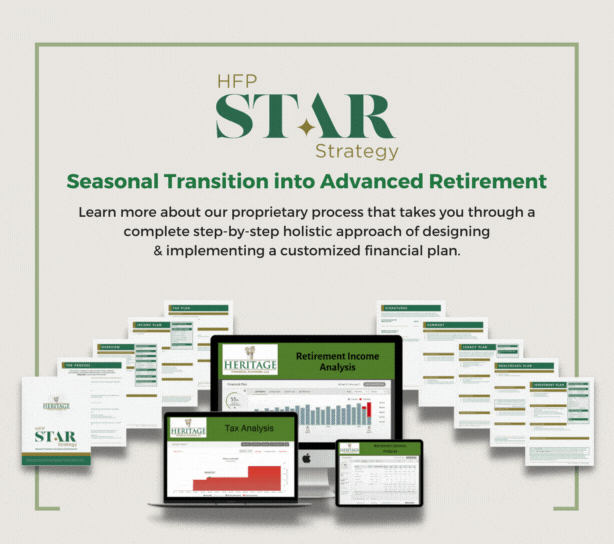Potential pullback could lead to a new phase of economic adjustment.
Consumer spending is an integral component of the U.S. economy and significantly influences economic trends and forecasts. Historically, consumer outlays have accounted for approximately 70% of the U.S. gross domestic product (GDP). Over the past four years, robust consumer spending has been a cornerstone of the economy’s rapid expansion, even amid challenges such as rising inflation and interest rates.
The Impact of Reduced Spending
Slowing Economic Growth: The immediate and most significant impact of reduced consumer spending is a slowdown in economic growth. As consumers tighten their belts, there is a direct reduction in retail sales, hospitality, and other consumer-facing sectors. The slowdown in personal consumption, which grew by just 2.5% in the first quarter of 2024 compared to 3.3% in the previous quarter, is a clear indicator of this trend. A sustained decrease in consumption could lead to a broader economic slowdown if not counterbalanced by other factors such as exports or government spending.
Pressure on Employment: Consumer spending drives revenue in consumer-centric industries and supports millions of jobs in the retail, food services, entertainment, and manufacturing sectors, which are tied to consumer goods.
A pullback in spending can lead to reduced demand for labor, potentially increasing unemployment rates, particularly in sectors most sensitive to consumer sentiment.
Impact on Stock Markets: Consumer confidence and spending are closely watched by investors as they often signal the overall health of the economy. A decline in these areas can lead to decreased earnings forecasts for consumer-dependent companies, potentially resulting in stock market volatility and lower stock prices.
Potential for Recession: If the decline in consumer spending is sharp and prolonged, it could risk tipping the economy into a recession. Consumer spending is a critical engine for economic growth, and without it, other areas of the economy must significantly outperform to maintain growth momentum.
Monetary Policy Implications: The Federal Reserve might respond to a significant downturn in consumer spending by adjusting monetary policy. This could include lowering interest rates to encourage borrowing and spending or injecting liquidity into the economy. However, these actions have limits, especially if rates are already low and inflation remains a concern.
Strategies for Investors
In light of these potential changes, investors need to consider strategies that can withstand periods of lower consumer spending.
Diversifying investment portfolios to include sectors that are less sensitive to economic cycles, such as utilities or healthcare, may provide some protection against volatility. Additionally, focusing on companies with strong balance sheets, low debt levels, and consistent dividend records can offer stability.
Moreover, it’s essential to keep a close eye on economic indicators and consumer sentiment trends to anticipate shifts in the market. Investing in quality assets that can weather economic downturns and being vigilant in monitoring market conditions will be crucial for maintaining a resilient investment strategy during uncertain economic times.
Financial Planning Matters
While the U.S. economy has demonstrated remarkable resilience in the face of various challenges, the potential pullback in consumer spending could herald a new phase of economic adjustment. Understanding these dynamics and preparing for potential shifts in the economic landscape is essential for investors to effectively navigate the market’s complexities.
As we continue to monitor these trends, strategic adjustments and prudent analysis will be key to achieving long-term investment success. Our team at Heritage Financial Planning is dedicated to providing you with insights and guidance, and our proprietary HFP S.T.A.R. strategy is designed to help you navigate these complexities and secure your financial future.

Click here to learn more about our HFP STAR Strategy process.
Contact our office today to schedule a meeting with one of our experienced advisors and learn how our custom HFP S.T.A.R. strategy can be tailored to meet your unique investment goals.
Source: Copyright © 2024 FMeX. All rights reserved. Distributed by Financial Media Exchange.












